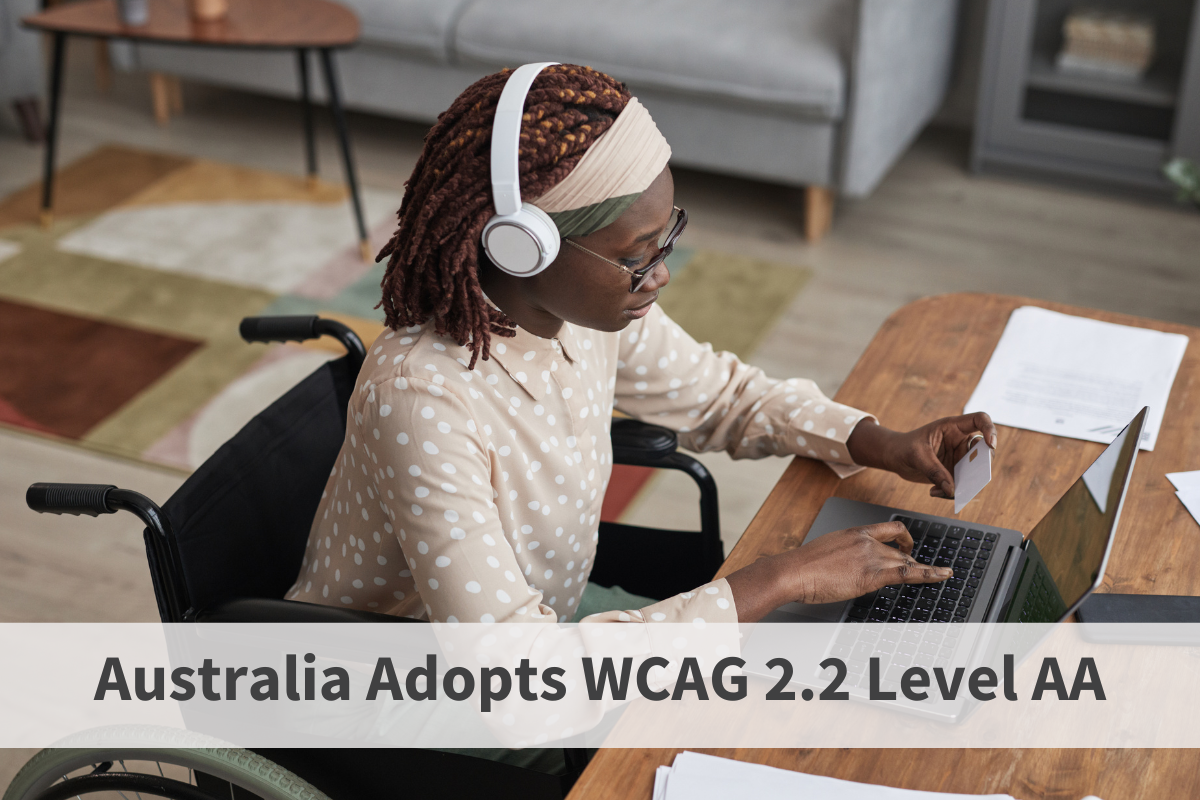
The Australian Human Rights Commission (AHRC) have published a media release on the 2nd of April 2025 providing “new guidelines to assist organisations and businesses to meet their legal obligations under the Disability Discrimination Act 1992 (Cth) when providing digital products and services”. These advisory notes are issued by the AHRC under section 67(1)(k) of the Disability Discrimination Act 1992, which authorises the AHRC to issue guidelines for the purpose of avoiding discrimination.
As part of these new guidelines, Centre for Accessibility Australia is excited to share that Australia has now formally adopted WCAG 2.2 Level AA compliance as a minimum, updating from the former WCAG 2.0 that has been the Australian recommendation since 2014. This marks a significant improvement in digital accessibility within Australia, as the updated guidelines includes support for mobile accessibility and additional guidance for people with a cognitive disability.
Some other major advancements include:
When developing tools that enable user contributions, organisations should adhere to ATAG 2.0 by using WCAG 2.2 rather than WCAG 2.0 as appropriate. AS EN 301 549 requirements must be fulfilled by all digital products, including hardware. However, WCAG 2.2 should be used where appropriate, as AS EN 301 549 refers to WCAG 2.1.
“This marks a major opportunity for Australia to embrace emerging technology and their accessibility requirements. We look forward to States, Territories, and local governments following suit with their policy updates to improve the lives of people with disability all around the nation” – Dr. Scott Hollier, CEO and Co-founder of Centre for Accessibility Australia.
To find out more about the guidelines, please read the “New guidelines to help providers of digital tech meet accessibility obligations” by the AHRC.
